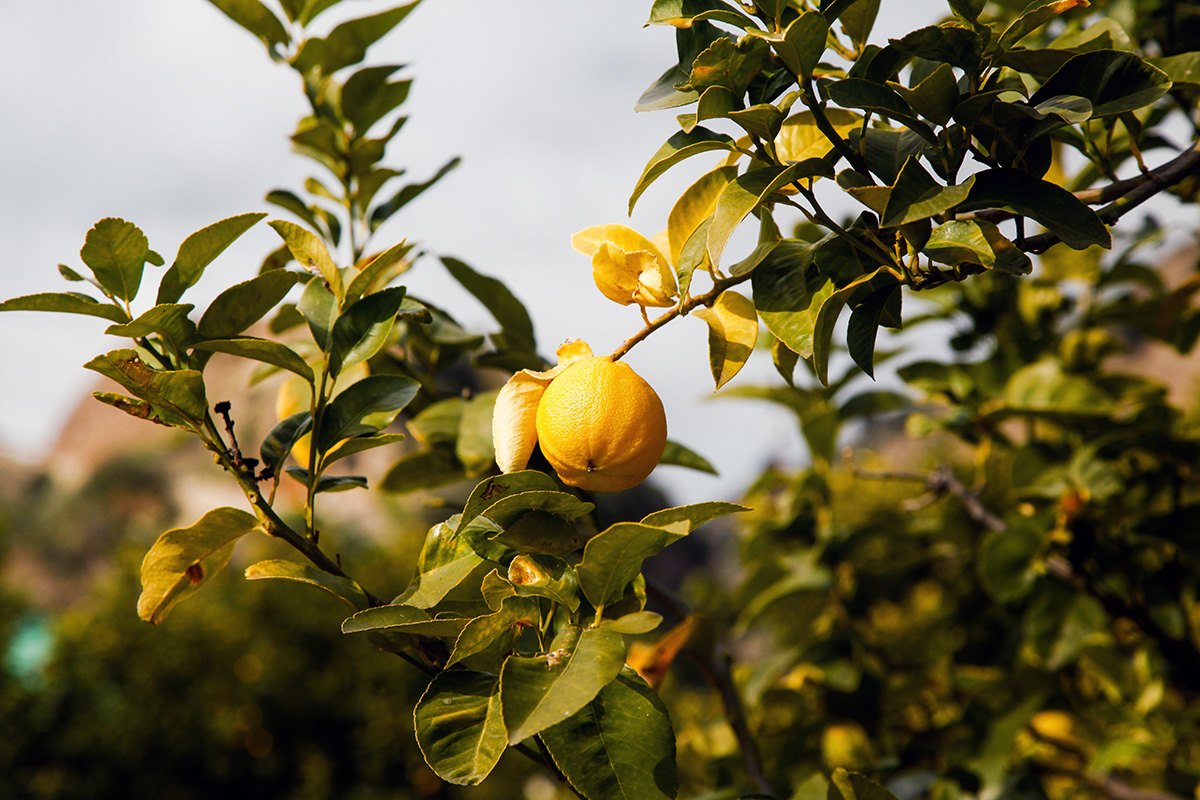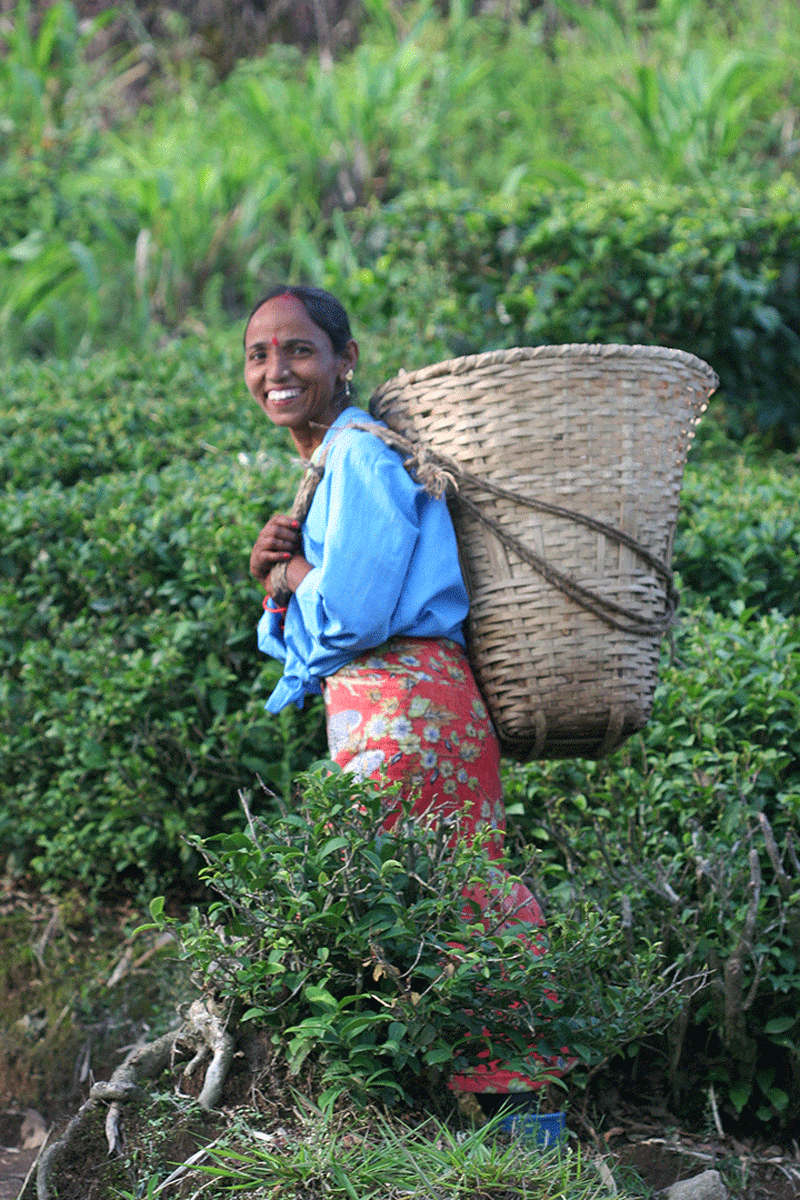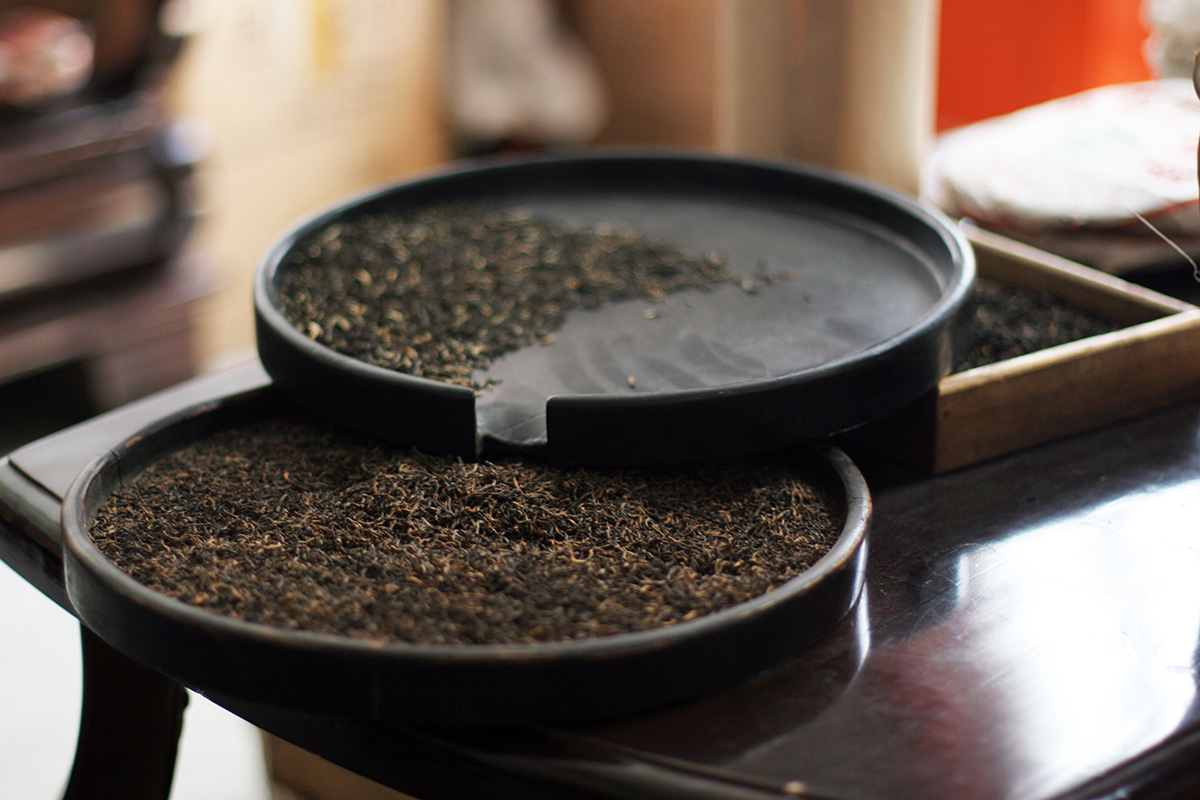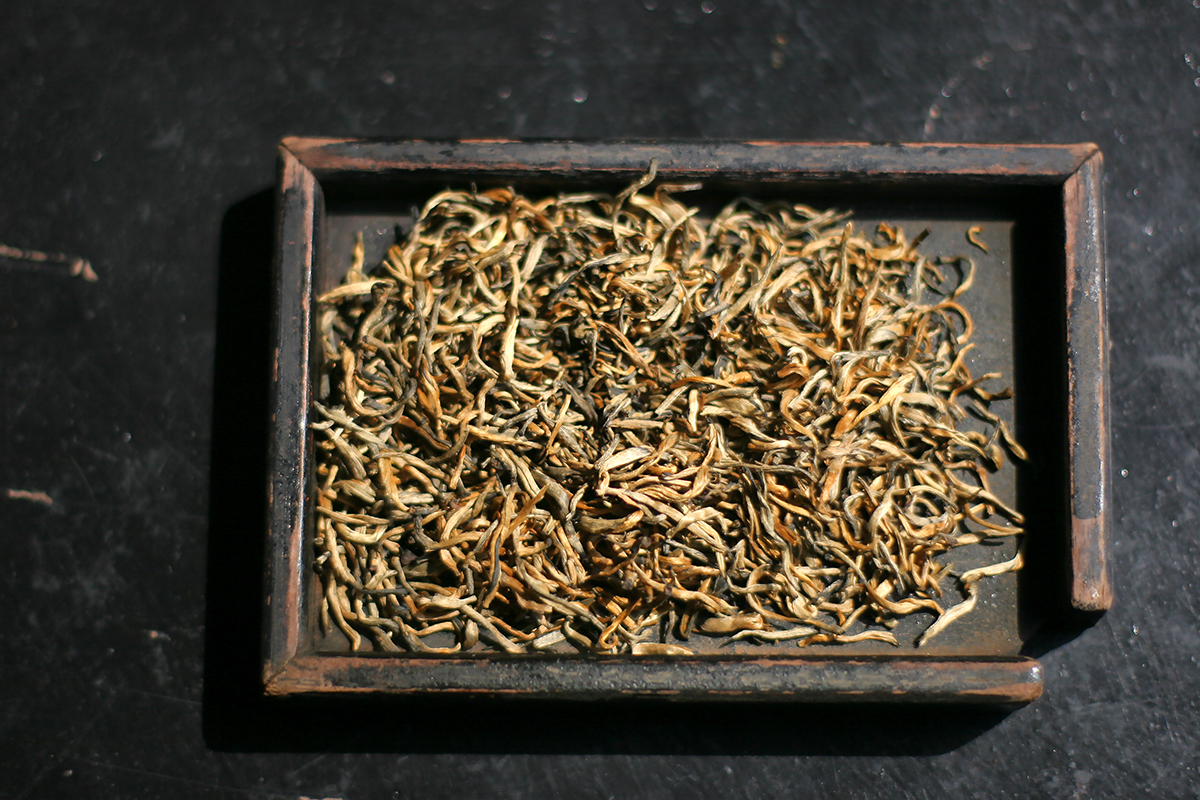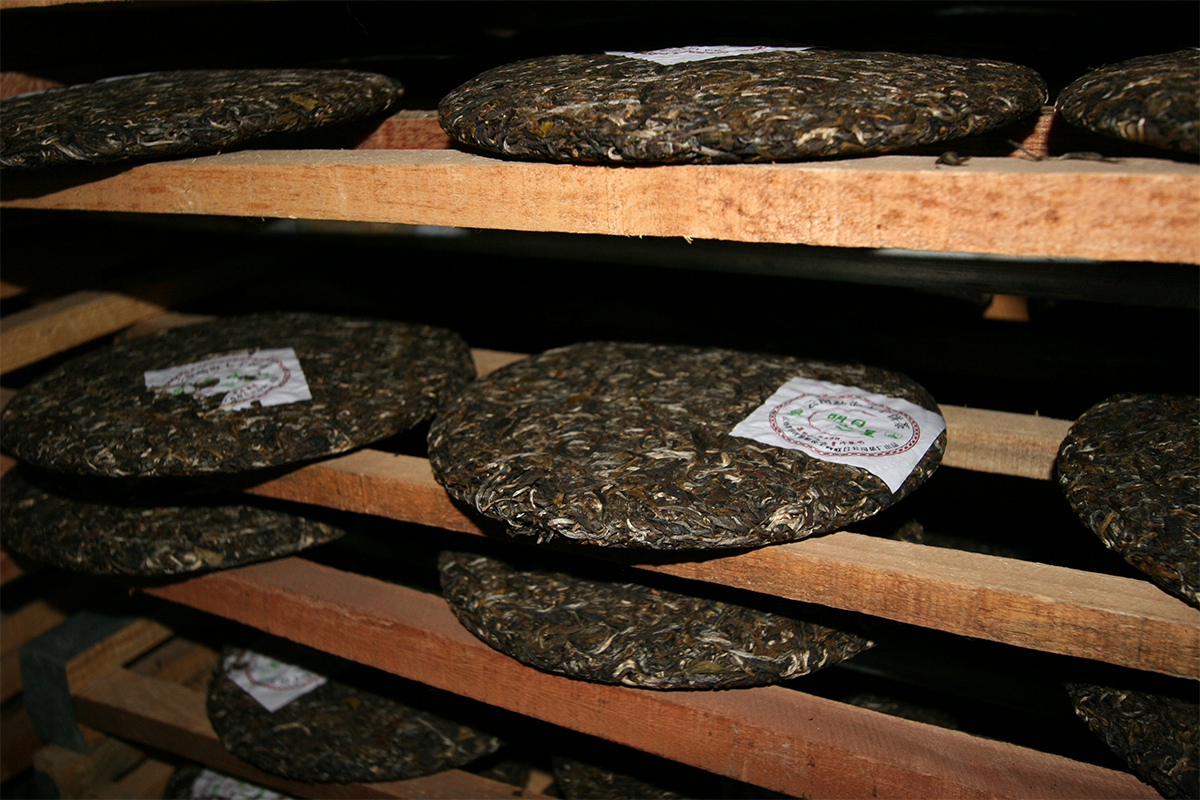Although bergamot is used in tea to make the famous Earl Grey, its main application is in perfumery and has been since the first eau de colognes appeared in the 18th century. Nowadays, bergamot can be found in many fragrances and the greatest perfumers flock to Calabria to choose with care the one that suits their need. To obtain the essential oil, the fruit is first washed with reverse-osmosis water, then cold-processed using peeling machines and centrifuges.
From plant to cup
Citrus notes
In Reggio Calabria in southern Italy, bergamot is harvested from November to February from trees that each produce between 80 and 120 kilos of fruit per year. This citrus fruit, widely used in perfumery, gives the famous Earl Grey tea its citrus notes. Bergamot is grown in all the valleys in the region (pictured here: San Carlo valley), which offer breathtaking views of the Ionian Sea or the Strait of Messina.
Bergamot, a fruit from a grafted tree
Just as some tea drinkers don’t realise that tea belongs to the Camellia family, there are Earl Grey fans who don’t realise that the scent wafting from their cup comes from bergamot. The tree that produces this fruit is thought to originate from a hybrid between bitter orange and citron, and the young plant is often grafted onto bitter orange rootstocks. The most prized bergamot comes from Calabria (Italy).
Tea in Brittany
There are attempts to grow Camelia sinensis in many countries, including France. On the banks of the Blavet, near Hennebont (Morbihan), Denis and Weizi are pioneers. They planted eight tea bushes 17 years ago, for their own consumption. They now have 30,000 from 15 different cultivars. Their production is still limited (20 kg per year) but is set to double over the next few years. Denis and Weizi’s enthusiasm is inspiring others to grow tea, and in addition to supplying nearly 20,000 tea plants a year to hobby growers, they are supporting them and forming a strong community.
Long-term commitment
I’m often asked what relationship we have with the farmers from whom we buy tea, and whether they work exclusively for Palais des Thés. In terms of our relationships, they often go back a long way. These ties are strengthened over time; they are often close and nourished by friendship. We do our best to help each other. There are few producers of delicious teas and few buyers of rare teas: this helps make the partnership unique.
In terms of exclusivity, Palais des Thés has never asked this of a producer. We think the best way to ensure long-term commitment is to promote their tea as effectively as possible, to support them in the event of a setback, to listen to their needs and to visit them.
A tea for every season
So, it’s January, it’s cold outside, what tea should you be drinking? I recommend a dark tea (not to be confused with black tea), especially after that holiday period when the chances are you’ve overindulged. Because this deep, rich tea has been reputed for centuries for its digestive properties. Note, however, that this type of tea, also known as pu’er or pu-erh, undergoes post-fermentation. As such, expect your cup to develop aromas of moss, mushrooms, undergrowth, wet straw, along with notes of vanilla and liquorice as well as leather and other musky flavours. This incredible tea is simply perfect for this time of year and is good for us too. Let me know what you think!
Safety first
Just a few days ago, Léo and I had the pleasure of tasting a sensational tea sourced from southwest China. In fact, the variety was one of the famous ‘Yunnan buds’ that is going down a treat with tea lovers all over.
I thought it would be interesting to share with you the different stages of selecting a batch of tea.
Once the quantity we want has been decided, an order is placed. Because this is a small batch tea, it will be shipped by air. No sooner will the wheels touch the ground than a sample will be whizzed over to an independent lab for testing. Although not legally required to, Palais des Thés has made it policy to test any tea that has not been awarded French agriculture biologique certification, proof that is has been organically farmed. We are looking for over a hundred different molecules to confirm that the batch complies with European standards, known for being the most stringent in the world. Only if the tea passes muster will the leaves be distributed to our boutiques. It takes on average 4-6 weeks from when the tea is sampled to it being available to buy in store. A relatively long timeframe that Palais des Thés stands by because we understand the importance of guaranteeing food safety for the good of our customers’ health.
For all our friends who produce tea
When I ask Bente, who makes the best teas in Tanzania, how Palais des Thés helps her and her community, her answer comes loud and clear: “It pays our employees!”
Then she adds: “It provides stability for the plantation and for our employees… And it makes us proud, of course!”
She continues: “Thank you for your support, and thank you for helping us to make a name for ourselves in the world of tea. When you come with your team, you show me and everyone here that you believe in us and that we can depend on you!”
I wish Bente and all our friends who produce tea, as well as our customers and employees, very happy holidays!
€378,000 per kilo
I am often asked how much a tea can fetch. The answer can be found this week on the Sotheby’s auction site, which lists a lot of rare dark teas for sale, the oldest of which dates back to the early 20th century. When compressed into a cake and well preserved, dark tea has the reputation of improving with time. On the famous auction house’s website, one of them is estimated at no less than 900,000 Hong Kong dollars for a 270g cake, which is €378,148 per kilo. If you’re interested, you will have to add the shipping costs to that amount, and don’t delay, as the auction ends on 16th December.
The good news is that a tea of this quality can be brewed several times.
A taste for creativity
Tea is steeped in tradition, for sure, but innovation is not forbidden. In Tanzania, Bente, who had the audacity to plant tea trees on a coffee plantation, cultivates a taste for creativity. Sometimes she hollows out papayas and fills them with tea so that the camellia leaves take on their aroma when they come into contact with the fruit. At other times, she blows hot air onto sliced bananas, infusing the tea with a new fragrance. And she does everything in the most artisanal way possible. Bravo Bente!

